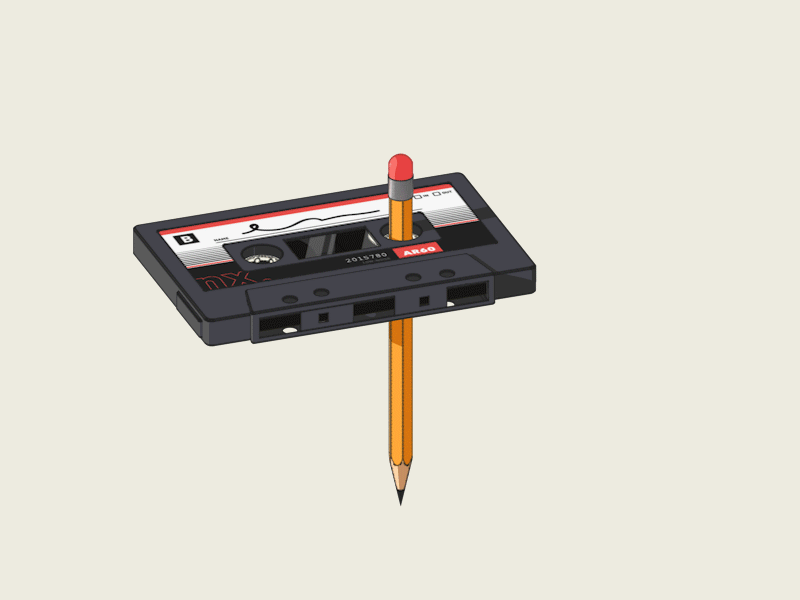It’s already 2025, but doesn’t it feel like we’ve been stuck in a never-ending time loop? The pandemic feels like it happened both yesterday and a century ago. Cultural milestones are flashing past—how are we already on Sonic the Hedgehog 3? Blink, and you’ve missed an entire era. But is this just the usual effect of aging, or is something deeper at play?
Surprisingly, even Gen Z, a generation that should be less prone to nostalgia, has picked up on this strange phenomenon. Online discussions echo the sentiment: time feels like it’s moving unnaturally fast. But why?
A closer look at how we talk about time offers a compelling clue. Over the past 25 years, our language has undergone a subtle yet seismic shift—one that has altered how we experience and remember the passage of time. We have stopped naming decades, and in doing so, we’ve lost a crucial cultural anchor that once helped us organize history.
The Power of Decades
For most of the 20th century, we divided time into well-defined 10-year chunks: the Roaring Twenties, the Swinging Sixties, the Neon Eighties, and the Grunge Nineties. These weren’t just numerical labels; they were rich, cultural constructs packed with meaning.
Say “the ‘70s,” and your mind instantly fills with images of bell-bottoms, disco balls, and Saturday Night Fever. Mention “the ‘40s,” and you can almost hear the swing music playing. Even the ‘90s, a decade that now feels suspiciously recent, has an unmistakable identity—snap bracelets, Saved by the Bell, and the sound of a dial-up modem screeching its way online.
This was no accident. Decade-based naming was a crucial part of how society collectively marked cultural shifts. If something was “so ‘80s,” it was understood as being from a very specific time, place, and aesthetic sensibility. By contrast, calling something “from the early 2000s” lacks the same emotional or stylistic clarity. The absence of a catchy, shared label has made it harder to distinguish one era from another, creating a vague, undifferentiated blur of recent history.
The Disappearance of Decade Names
So, what changed? Why did we stop naming decades? The problem started with the turn of the millennium. Unlike previous decades, which were easily labeled (the ‘60s, ‘70s, ‘80s, etc.), the 2000s presented a linguistic challenge. English simply doesn’t have a natural word for numbers between 0-9 or 10-19 that fits the established naming pattern.
When the clock struck midnight on January 1, 2000, and the much-hyped Y2K bug failed to materialize, we entered an era that lacked a convenient name. Some suggestions were thrown around—the “Aughts,” the “Double O’s,” even the “Naughties.” None stuck. The words felt forced, clumsy, and awkward in everyday conversation. And so, without a broadly accepted label, the decade passed nameless.
The 2010s faced a similar problem. While “the Teens” technically worked for the latter half of the decade, the early years (2010-2012) didn’t fit the pattern. Unlike the effortlessly rhythmic ‘80s or ‘90s, “the 2010s” sounded more like an awkward mouthful than a cultural identity. People simply stopped saying it.
By the time we reached the 2020s—finally a decade that could be named in the traditional way—we had lost the habit. Even now, nearly halfway through the decade, how often do you hear people referring to “the ‘20s” in the present sense? The phrase still conjures images of flappers, jazz, and prohibition, not Cybertrucks and TikTok trends.
The Consequences of a Nameless Era
Losing the language for time has had profound effects on how we perceive it. Without clear decade markers, cultural shifts have become harder to recognize and define. Trends blur together. Past and present feel strangely indistinct. Events that should feel like distinct moments in history instead feel like they just happened—or like they’ve been happening forever.
Think about it: If someone threw a ‘90s-themed party, you’d know exactly how to dress—JNCO jeans, butterfly clips, or an R.L. Stine t-shirt. But if they invited you to a “2012 party,” what would that even look like?
Fashion provides another example. Styles from previous decades were often so distinct that clothing from just 10 years prior could look absurdly outdated. Take The Wedding Singer (1998), a comedy set in 1985. The entire joke was that ‘80s fashion—big hair, neon colors, shoulder pads—looked hilariously out-of-place just 13 years later.
Compare that to today: The fashion worn by characters in The Office (2005-2013) looks nearly identical to what professionals wear now. A 13-year gap used to be enough to make an era’s style seem laughably outdated. Today, the difference between 2012 and 2025 is barely noticeable.
This isn’t to say culture hasn’t evolved, but rather that our ability to talk about those changes has diminished. Without decade markers, it feels like everything is happening at once—giving rise to the eerie sensation that time isn’t moving at all.
The Return of Decades?
Is there any way to fix this? Can we bring back the concept of decade names and restore our sense of cultural progression? It’s possible, but it would require a conscious effort.
One potential fix is to retroactively name the recent decades. Some have suggested calling the 2000s “the Aughts” and the 2010s “the Tens” or “the Teens.” The key is repetition—if enough people use the terms consistently, they could eventually stick.
Alternatively, we might need to get creative. Instead of numbers, we could define decades based on cultural hallmarks—perhaps the 2010s could be “the Social Media Era” or “the Meme Decade.”
Either way, we need some way to reinstate decade-based timekeeping. Otherwise, we risk continuing in a cultural fog where everything is happening and nothing is happening at the same time. The passage of time used to feel structured, with clear beginnings and endings. Now, it just feels like one endless loop.
Conclusion
The way we talk about time shapes how we experience it. For most of modern history, decades provided a linguistic framework that helped us define cultural shifts, anchor our memories, and track societal evolution. But somewhere along the way, we lost this vital tool.
Without decade names, time has become amorphous and indistinct. Trends feel less tangible. Historical perspective is harder to grasp. The absence of these simple labels has left us adrift in a sea of vague and undefined years.
If we want to reclaim our sense of time, we need to start naming it again. Let’s bring back the decades—before we wake up in 2035 and realize we’ve been trapped in the same endless, nameless era for another ten years.



